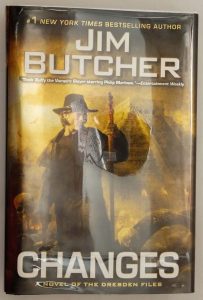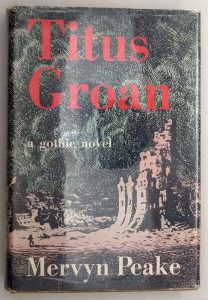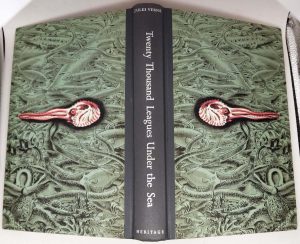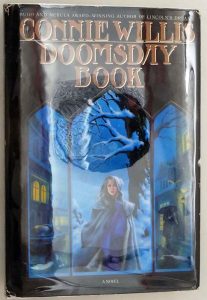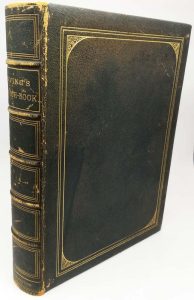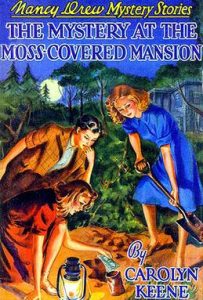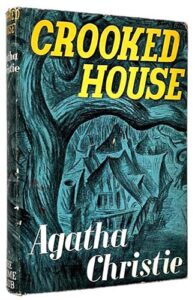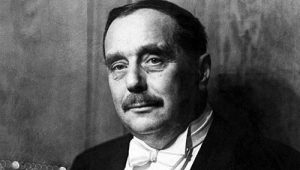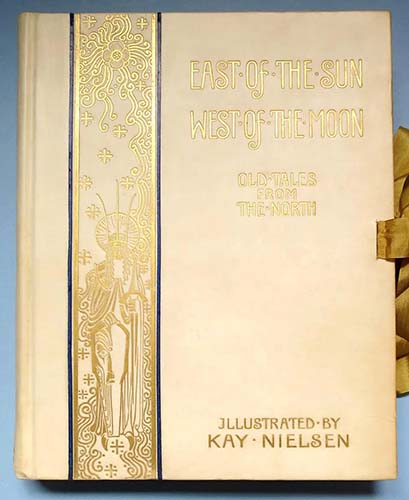
Limited Edition
East of the Sun and West of the Moon (1914), illustrated by Kay Nielsen, stands as one of the most visually breathtaking interpretations of Nordic folklore ever published. This lavish Hodder & Stoughton edition showcases Nielsen’s singular ability to merge Scandinavian folk art with avant-garde design, creating a world where traditional fairy tales pulse with modernist energy. Nielsen’s illustrations for these Norwegian stories—including the titular tale and “The Blue Belt”—are masterclasses in atmospheric storytelling, their sweeping compositions dominated by towering, gnarled trees that frame scenes like cathedral arches, and elongated figures whose flowing drapery seems to move even in stillness. His color palette of icy blues, blood reds, and ominous blacks lends the stories an otherworldly quality, particularly in the dramatic moment when the heroine clings to the white bear’s fur as they soar through stormy skies. The artist’s intricate linework shows clear Japanese woodblock influences in the patterned snowflakes and stylized northern lights, while his character designs—from the troll princess with her grotesquely exaggerated features to the ethereal “lassie” with her flowing golden hair—balance folkloric authenticity with Art Deco sophistication.
About Kay Rasmus Nielsen (1886-1957):
This Danish illustrator brought a distinctly Nordic sensibility to the golden age of gift books. Trained in Paris at the Académie Julian and influenced by Japanese ukiyo-e prints, Nielsen developed his signature style—a striking fusion of sinuous Art Nouveau lines and bold, almost theatrical compositions. His 1914 East of the Sun—only his second major work after In Powder and Crinoline (1913)—established him as the preeminent interpreter of Scandinavian tales, differing markedly from his contemporaries’ more romanticized approaches. Nielsen’s illustrations embraced the stark beauty and psychological depth of the original stories, evident in his haunting depiction of the windswept arctic landscapes and the eerie stillness of the troll castle. Though financial struggles later led him to work on Disney’s Fantasia (1940), this 1914 masterpiece represents his artistic pinnacle—where his Danish heritage and avant-garde training converged to create a new visual language for fairy tales. Original paintings from this edition, with their mesmerizing interplay of negative space and intricate detail, now rank among the most coveted works of illustration art.
For collectors of this edition, these complementary works may captivate:
• Hansel and Gretel (1925) also illustrated by Nielsen – his later Germanic fairy tale work
• The Fairy Tales of the Brothers Grimm (1909) illustrated by Arthur Rackham – for contrasting Edwardian style
• Norwegian Folktales (1982) illustrated by Theodor Kittelsen – authentic Nordic interpretations
